For most of the 20th century, the Golden Gate viaduct was hailed as one of the premier engineering feats in Yellowstone National Park.
Indeed, one M. Eldridge in a 1910 article (“Touring Yellowstone Park on Government Highways”) credited the viaduct as the “most notable engineering feature of the whole road system.” At any rate, it was certainly an improvement over the road that ran there before, according to Dan Clement in Historic American Engineering Record Wyoming-3 (HAER WY-3) on the viaduct’s history. From HAER WY-3:
The Golden Gate was first used as a roadsite in the mid-1880’s. Starting in September 1883 and finishing in June, 1885, the U.S. Army Corps of Engineers under Lt. Dan Kingman, Engineer Officer of the Department of the Platte, built a five-mile section of road from Mammoth Hot Springs to Swan Lake. This road included a wooden trestle 224 feet in length along the western wall of the Golden Gate. In order to build this first bridge it was necessary to move over 14,000 cubic yards of solid rock, and this was done primarily with explosives. The cost of the entire five-mile stretch was reported as over $14,000, and the bridge was said to cost “$3 per running foot.” Thought the work was not officially completed until early in the 1885 season, some sources indicate that traffic used it at least part of the year before.
Kingman’s trestle (shown above) and its days conveying visitors into the heart of Yellowstone were essentially numbered since its initial construction; it doesn’t help that some visitors found the experience jarring. Take, for instance, Rudyard Kipling’s assessment, one of many sardonic observations made during his 1889 Yellowstone trip:
On one side piled rock and shale, that enjoined silence for fear of a general slide-down; on the other a sheer drop, and a fool of noisy river below. Then, apparently in the middle of the road, lest any should find driving too easy, a post of rock. Nothing beyond that save the flank of a cliff. Then my stomach departed from me, as it does when you swing, for we left the dirt, which was at least some guarantee of safety, and sailed out round the curve, and up a steep incline, on a plank-road built out from the cliff. The planks were nailed at the outer edge, and did not shift or creak very much—but enough, quite enough. That was the Golden Gate.
If it helps any, Kipling proceeded to praise at length “the face of virgin Nature” greeting him as he and his stage rolled toward Swan Lake.
Building The Original Concrete Viaduct
The original wooden bridge was replaced with a concrete span in 1900. According to Clement, when Captain Hiram Martin Chittenden decided to replace the wooden bridge with a concrete one, he specifically cited how “the condition of the old wooden bridge has become such as to excite general uneasiness and concern among the traveling public,” although Clement adds the wooden bridge was likely fine. Still, better safe than sorry in Chittenden’s mind.
Further, according to Mary Shivers Culpin, writing in The History of the Construction of the Road System in Yellowstone National Park, 1872-1966: Historic Resource Study, Volume I, Chittenden hoped a new bridge would cut down on dust, which was a nuisance. According to Clement, the decision to use concrete rather than steel arose out of time concerns, since visitor traffic had to be rerouted through Snow Pass for a few weeks as crews worked; it also gave Chittenden and his crew more freedom in terms of measurements. Of course, the construction of the Golden Gate viaduct was not without its hardships, according to Chittenden in the 1915 edition of his Yellowstone history:
The execution of this work was one of extraordinary difficulty. This arose first from the conformation of the canyon and its influence upon the winds, which prevailed during the entire season. The canyon is practically the small end of a funnel, which gathers up the wind on the plateau above and conveys it through to the lower country. The wind was high nearly every day during the work. At times it attained the force of a gale with sufficient power to pick up stones half an inch in diameter. When it came to mixing the concrete it was found almost impossible to conduct the work during the middle of the day. The dust and cement filled the eyes and lungs of the workmen in spite of goggles and handkerchiefs. On this account men kept constantly quitting, notwithstanding increased pay for concrete work, and their places had to be filled with new and inexperienced men. Of the original force few were working at its completion, although a nearly uniform number was maintained by constant recruiting. Only one accident occured during the work, and that was by a man being actually blown from the concrete forming onto the rocks below.
An interesting incident of this work was the removal to a new position of a conspicuous rock at the entrance to the viaduct. It is particularly noteworthy as a concession to the natural sentiment against change in things with which one has become familiar. When the original wooden viaduct was built a vertical thumb-shaped rock was found standing directly in the proposed lower entrance. The builder was bowling it over without ceremony into the canyon below, but was induced to retain it by the earnest solicitation of an enthusiastic friend of the Park [G.L. Henderson], although the passage between the rock and the cliff was barely wide enough for an ordinary vehicle to squeeze through. When it came to rebuilding the bridge the revised grade raised the road at this point several feet and the new width left the rock about in the middle of the roadway. It was impossible to retain the rock where it was, and steps were in progress to remove it when the Park photographer [Frank Jay Haynes] … entered a vigorous protest. He was able, moreover, to enlist respectable support—so potent, in fact, that the engineer, after some caustic comment upon sentimentalism in general, told the photographer to go his way—the rock would be saved. It is now five feet higher, five feet farther to the front, and five feet farther from the cliff than it used to be; yet no one would suspect that it stands on a man-made pedestal instead of the one which nature provided.
Indeed, you can see the rock in question in the Haynes photo above. And while the elder Haynes quibbled with moving the rock, his son Jack was rather effusive of the structure in the 1912 Haynes Guide:
Golden Gate.—Four miles from Mammoth Springs is one of the most picturesque drives in the Park; a rugged pass between the base of the lofty elevations of Bunsen Peak and the southern extremity of Terrace Mountain )through which flows the west branch of Gardiner River). The sides of these rocky walls, which rise 200 to 300 feet above the roadway, are covered with a yellow moss, suggesting the appropriate name the pass now bears. The pillar at the east entrance, some twelve feet high, was originally a part of the canyon wall.
Widening the Bridge and Tunnel Collapse
From its construction in 1901, the Golden Gate viaduct served visitors admirably. Further, along with the bridge across the Yellowstone which is present-day Chittenden Memorial Bridge, the viaduct was hailed as one of the best feats of engineering in the Park. It’s not surprise, therefore, that when it became apparent the bridge could no longer handle the volume of people traveling via automobile, officials decided to widen the bridge, rather than tear it down entirely.
According to Historic American Engineering Record WY-46, plans to improve the viaduct were raised in 1926 by the NPS but it became apparent they would need additional input from the Bureau of Public Roads. In 1930, the NPS petitioned the BPR for assistance. From HAER WY-46:
The BPR recommended a tunnel at station 419-20, a viaduct at station 423+10 to 425+95, using sixteen 18-foot spans of steel and reinforced concrete, concrete box and metal pipe culverts with masonry headwalls, masonry wall and hand-laid rock embankment. The project was awarded to Morrison-Knudsen Company on October 20, 1932.
We know what you’re thinking now: what tunnel? I’ve never driven through the Golden Gate tunnel. And you’d be right. To our knowledge, no one has, because it met an untimely demise—even before it came into use.
The Morrison-Knudsen Company set up a temporary work camp a mile away from the worksite. Work began October 29, 1932—on the tunnel, which was dug out through the winter. Suffice to say, there’s something certifiably insane about working outside in Yellowstone in wintertime—much less when that work involves carving out a tunnel. Alas, it was all for naught. From HAER WY-46:
During the month of May, water from melting snow running into the cracks and crevices above the east portal of tunnel and then freezing and thawing, caused the rock to start working at this point and a few small slides occurred and timbering in the tunnel was observed to be taking considerable weight. Additional posts and braces were set to strengthen the timbering and men were set up to work prying off rock to reduce the weight above the timbering in an attempt to avoid a cave-in, but on May 22, 1933, the tunnel caved in resulting in the loss of all except 16 feet on the upper or west end. A change order was issued eliminating the completion of the tunnel from the contract, and the point where the tunnel was originally planned is now to be designated as a quarry site for surfacing and when completed, will be a daylight cut.
Work on the viaduct started March 20, 1933 and was underway for the rest of the spring and most of the summer. The final work was completed July 15, 1933.
The 1959 Hebgen Lake Earthquake and 1977 Replacement
The Golden gate viaduct was one of many Yellowstone features that saw changes brought about by the 1959 Hebgen Lake Earthquake. Indeed, most of its masonry guardrails were cracked and rent apart, according to HAER WY-46. Work on the bridge spilled over into the 1960 season.
By then, the viaduct was showing its age. Much had changed in Yellowstone since the turn of the century. In 1974, according to Clement, inspectors for the Federal Highway Administration ruled the bridge was “unsafe for normal traffic.” While the Park experimented with limiting traffic to vehicles weighing ten tons or less, traveling one way by way of a traffic light installed at each end, the Golden Gate viaduct’s demise was all but foretold. In the late fall of 1976, the viaduct was removed and replaced with a new girder bridge and concrete deck.
That bridge still stands to this day, spanning the same curve once occupied by the Golden Gate viaduct.
 Yellowstone Insider Your Complete Guide to America's First National Park
Yellowstone Insider Your Complete Guide to America's First National Park
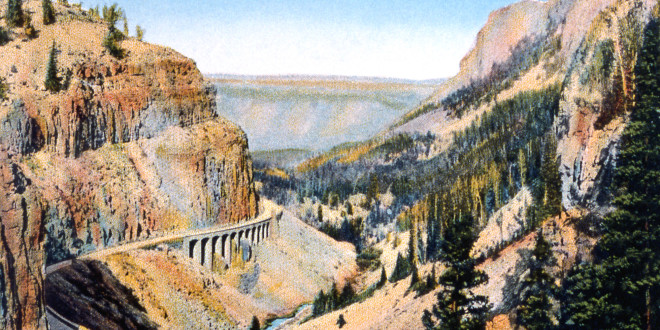
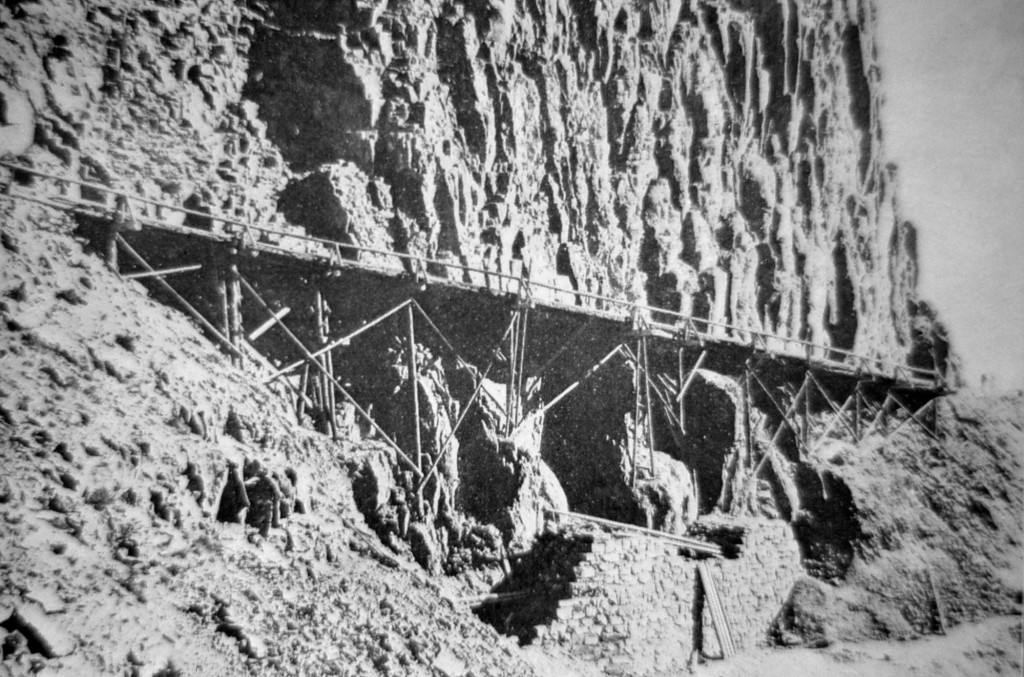
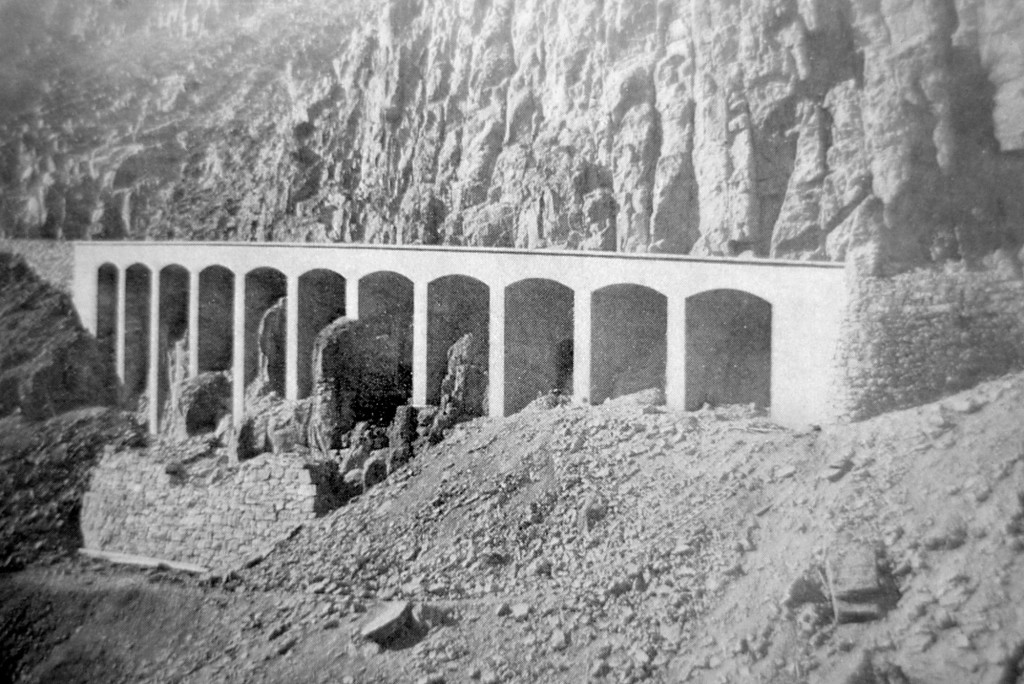
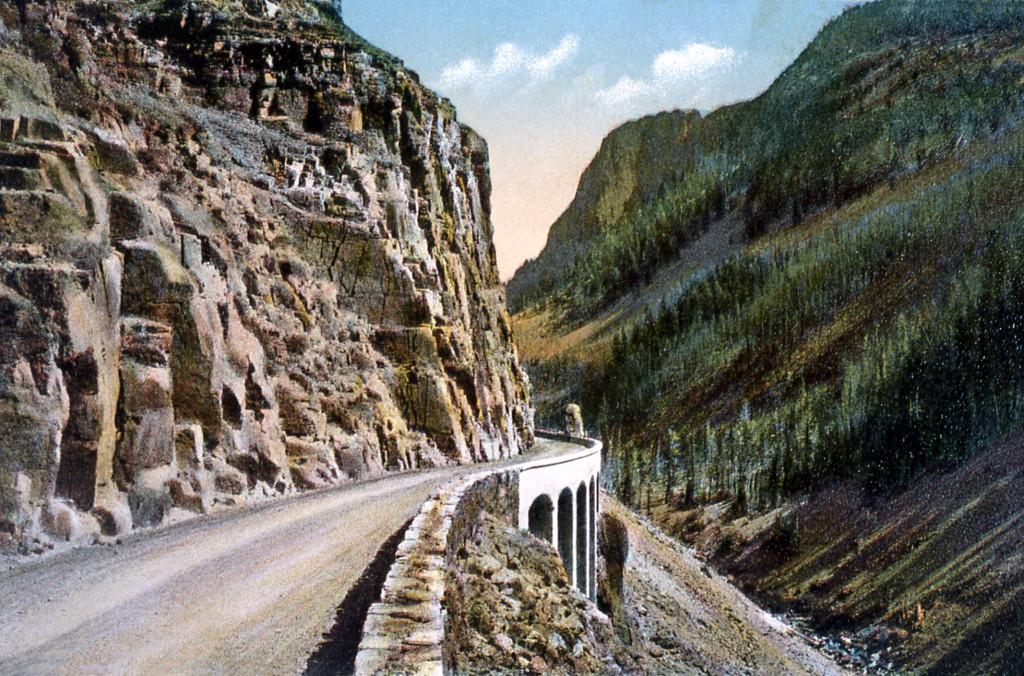
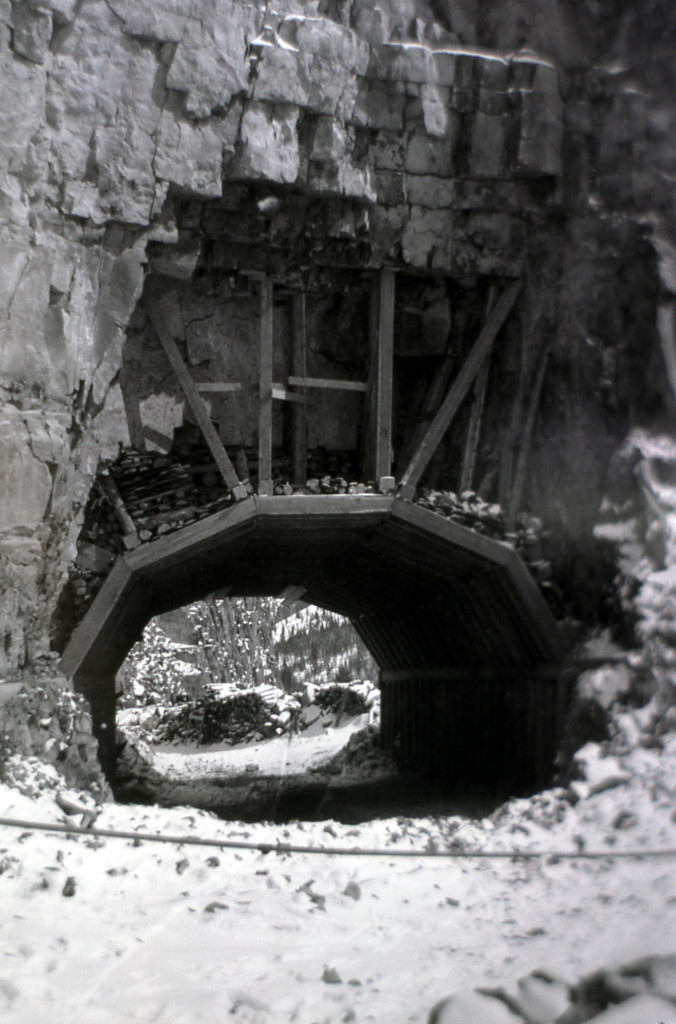
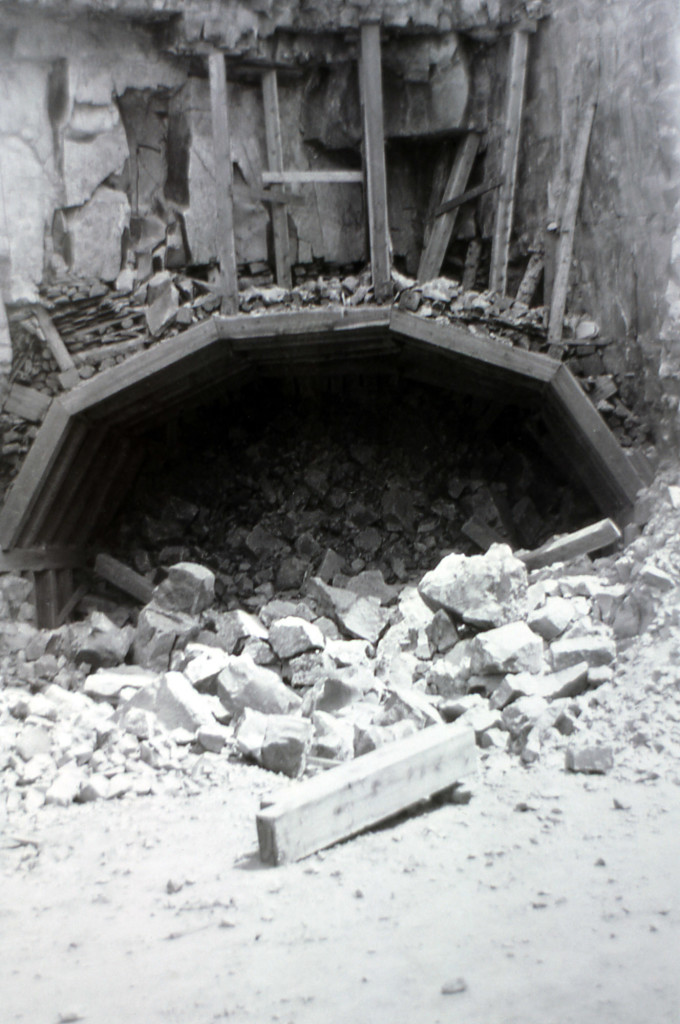
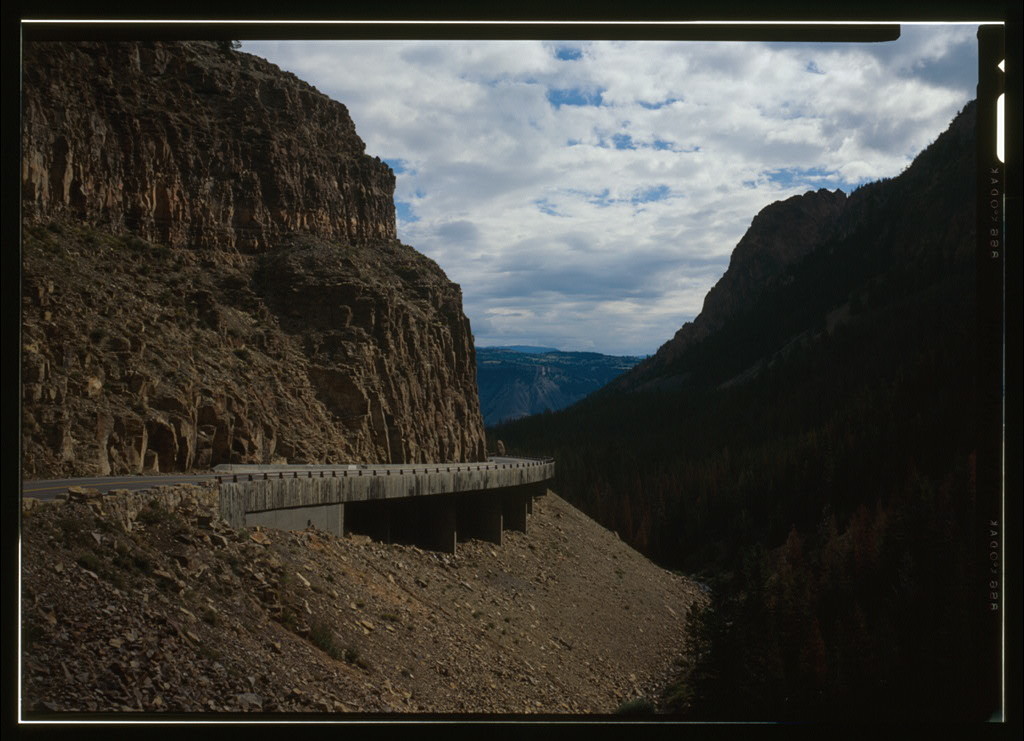




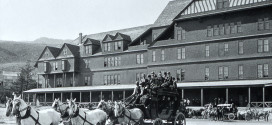
You must be logged in to post a comment.